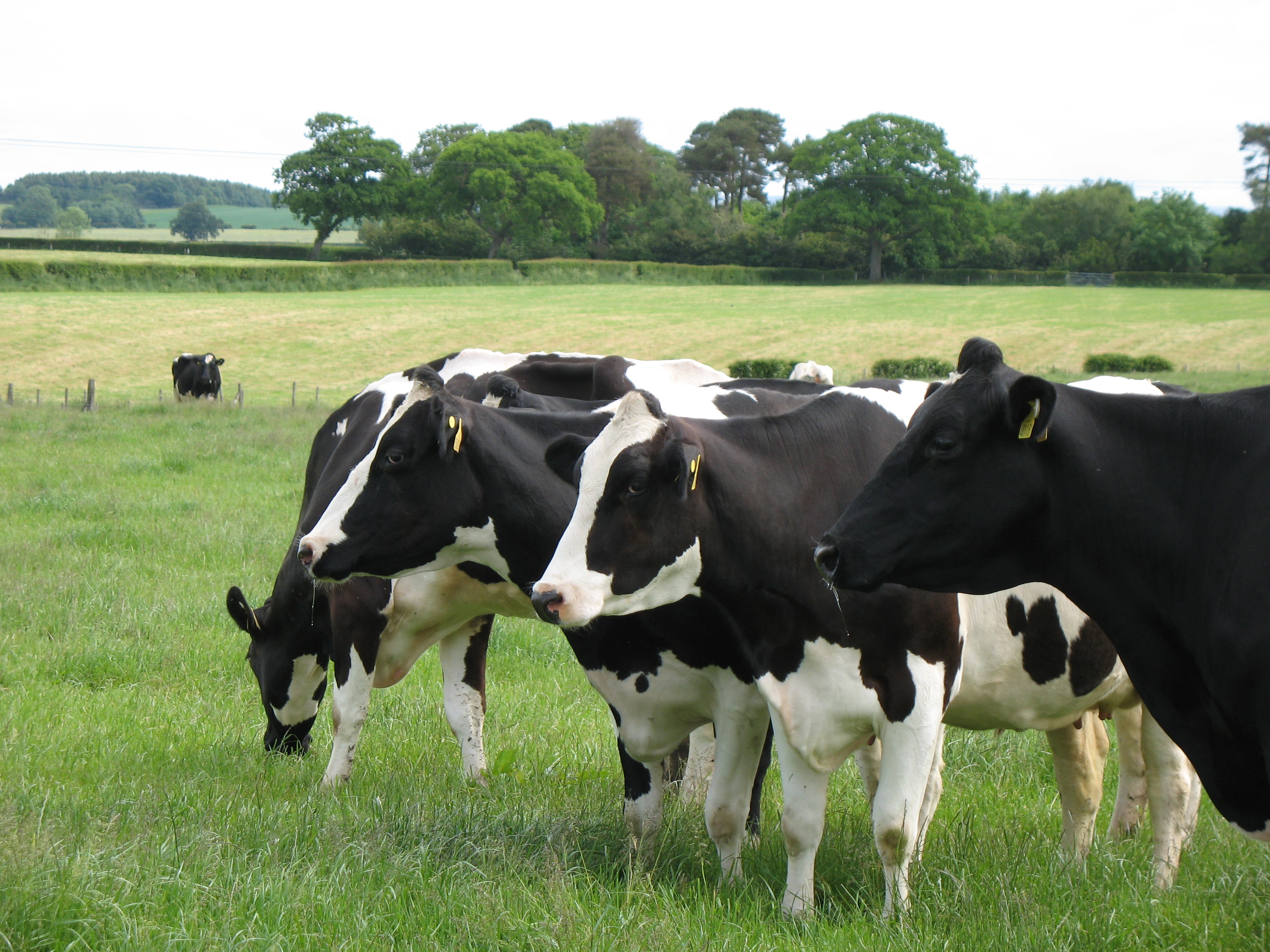Plate Metering
Friday, 23 August 2019
Accurate grass measuring using satellite technology is still developing, but many grazing managers who plate meter could improve grassland performance just by getting more out of their grazing software. Today’s sophisticated data crunching can help fine-tune rotations, predict surpluses and deficits, and ensure that any supplementation is cost-effective.
Ultimately, regular grass measuring and using the numbers leads to more confident grazing decisions, says Graise Consultancy’s Andre van Barneveld. However, he feels that grazing programs remain under-utilised on many farms. Plate metering to simply decide where the cows are going and which paddocks to mow isn’t enough: “This is reactive not predictive,” he points out. “We measure grass to make decisions; without a computer program, you can’t work out what’s ahead. The past four years have seen better programs for pasture management, which gives you confidence to make better decisions about reducing buffer, or concentrates.”
Recording growth rates to produce simple wedges and budgets can now be expanded into what-if scenarios, or spring and autumn rotation planners. Predictions go as far ahead as rotation length (21 to 40+ days), while paddock reports help with reseeding options. To get this, Andre says managers should learn how to use their management programs by watching the tutorials: “Input accurate figures, then play with that data to look at the effects,” he adds. “Getting pre-grazing covers and residuals just a little bit wrong can cost 2+ L/cow/day, so it’s cost effective to budget accurately. You can pay a nutritionist £300/month to tweak a TMR ration, or spend £80 on a program, add in your time and have a greater impact on your business.”
The impact of using a plate meter to measure grass was demonstrated by an AHDB/Coleg Sir Gâr supported Welsh Grass Value study in 2014. It showed that relying on memory and a pair of eyes for recording grass yields was too short term and inaccurate. Regular plate metering proved that, in one study year, a good autumn didn’t compensate for a poor spring. Average grass yields were down by 2,000 kgDM/ha in spring, but only made up 300 kgDM/ha in autumn, says Gelli Aur project manager John Owen.
While numbers have changed since the end of that project, he believes the fundamentals are still the same. Management decisions are best made on facts, not based on assumptions. And nothing beats the discipline of the weekly paddock walk with a plate meter. “The basic fact is, that if you don’t record, you can’t manage. The same skill to grow more grass enables you to utilise a higher percentage of it, but you won’t know utilisation if you don’t measure and record,” he says.
“The beauty of software programs is that they allow you to capture data and use it effectively, and they are simple and easy to follow. Plus the fact that you are walking and seeing what’s going on, making notes as well – you won’t take in this much information from the back of a quad bike.” John believes that new developments to give more precise measuring will be brilliant for decision-making. It will also make life easier as farms get bigger and walking pasture takes longer, but he thinks that it should still be a job for the key decision maker.
Current methods to measure grass growth and cover vary in their accuracy and their ability to give reliable and consistent information. “You have better decision-making through plate metering than measuring by eye or the beer-can approach,” says LIC consultant Sean Chubb. “When doing it by eye, small movements in growth can’t be seen as easily and average farm cover can drop too quickly, or not fast enough in spring. This either leaves quality issues, or a feed shortage leading to poor decision-making which costs money to fix. Without formal measuring and monitoring, farmers doing it by eye are likely to be two weeks behind those plate metering.”
Comparing two farms where growth rates over three weeks have been 100 kgDM, 75 kgDM and 44 kgDM respectively, Sean says a farmer plate metering would know that growth has slowed and they need to start looking at slowing the rotation to protect average farm cover. The farmer using the beer can to measure, or judging by eye, may not realise this and instead will see a surplus. Both farmers would likely be on a 21-day rotation and have two paddocks earmarked for silage. “If growth rates remain at 44 kgDM, the plate-metering guy knows this is below demand, so will bring these silage paddocks back into the rotation to slow down the round and introduce a bit more supplement,” Sean explains.
“The guy doing it by eye can only see six days of grass in front of him, so may cut these paddocks or let them grow on. He doesn’t slow down the rotation and mines his average farm cover. He should, hopefully, notice that there is a lack of grass and needs to introduce feed. If growth rates then increase to 60 kgDM (above demand), the plate-metering farmer can stop supplementing and return to a 21-day rotation, having used around 6 t of additional feed (at £226/t) costing £1,356. But the farmer doing it by eye needs to increase his feed – and feed for longer – equating to 15 t costing £3,390.”
Being a confident and experienced grazing manager might allow you to cut corners. The downside is that somewhere along the way, pasture will be wasted or too much silage made. Losing control at peak grass growth means quality suffers and the rotation is affected for the rest of the season. Regular measuring and recording and analysing that data is essential to manage effectively at a high level, particularly for any farm business wanting to get bigger and better.

Topics:
Sectors:
Tags:

